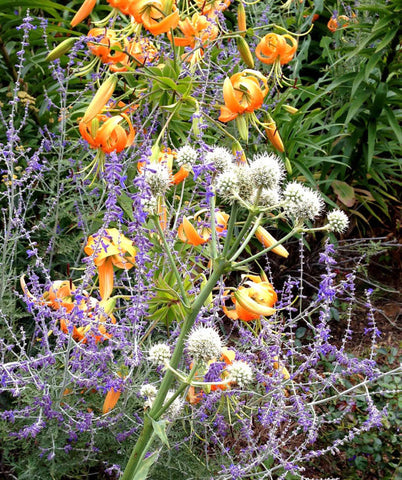
Use rattlesnake master in native gardens and prairies, individually or massed where the plants can provide support for each other. The inflorescences can be used as an unusual cut or dried flower.
BATTLE SNAKE MASTER PLANT FULL
The flowerheads eventually turn a dull brown, full of small, ¼” long brown seeds (mericarps 2 per fruit). The flowers are faintly fragrant, with a honey-like scent and attract a variety of pollinators including bees, wasps, flies, and butterflies. The pollen is shed before the stigmas become receptive, greatly reducing self-pollination and promoting outcrossing. The spherical flower heads have many tiny white flowers that are attractive to insects

An individual flower has 5 white petals, a pistil divided into 2 white styles and 5 white stamens with light brown anthers.

The greenish-white to purplish flowers are clustered in a central cone surrounded by spiny, pointed bracts each prickly ball is up to an inch across. The terminal, branched clusters (cymes) are produced at the ends of robust, erect, smooth stems growing 3-4 feet tall (or sometimes more) from the center of the rosette. Plants bloom from mid to late summer with clusters of up to 10 white, green or bluish spherical heads. Rattlesnake master has dense flowerheads with a thistle-like appearance. Unlike most members of the carrot family, the genus Eryngium does not have open, airy dome-shaped umbels but instead produces dense flowerheads with a thistle-like appearance. The narrow, sword-shaped leaves (C) have bristly or spiny margins (R) The foliage is primarily a basal rosette (L). The foliage dies back after the plant blooms, with a number of offsets developing. Each stiff leaf has parallel veins, bristly or spiny margins, and a pointed tip, reminiscent of a yucca leaf – hence the specific epithet. The narrow, sword-shaped leaves grow up to 3 feet long, forming a dense clump 2 to 3 feet wide. The medium green, bluish, or gray-green foliage is almost entirely basal (a rosette) with just a few rudimentary leaves on the flower spikes. Other less frequently used common names include button snake-root, button eryngo, and beargrass. The common name “rattlesnake master” refers to the erroneous misconception that Native Americans used the root as an antidote for rattlesnake venom – although it was used medicinally. synchaetum, from wet pine savannas on the coastal plain from southeast North Carolina south into Florida, with much narrower leaves and growing in moister conditions. yuccifolium that this article refers to and southern rattlesnake master, Eryngium yuccifolium var. There are two varieties of this plant in the carrot family (Apiaceae): the more common Eryngium yuccifolium var. Although it occurs naturally primarily only in southern Wisconsin, it is often cultivated further north as it is hardy in zones 3-8. It is grown as an ornamental for its unique “golf ball” flowers. Rattlesnake master is an herbaceous perennial native to mesic tallgrass prairies, savannas and open rocky woods of the central and eastern United States. Rattlesnake master is a perennial native to prairies


 0 kommentar(er)
0 kommentar(er)
